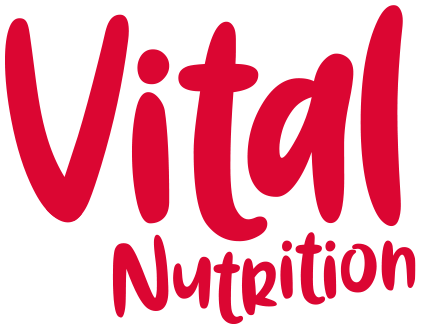Managing Endometriosis
Endometriosis is a painful condition that is thought to affect one in ten women. It is a condition where tissue similar to the lining of the womb grows in other places, such as the ovaries and fallopian tubes.
Symptoms include:
painful and heavy periods
bleeding in between periods
lower back pain
infertility
painful urination
constipation
diarrhoea
pain with intercourse
pain during bowel movements
The cause of endometriosis is unknown, but often there can be an imbalance in female hormones, high levels of inflammation and it is thought that genetics may play a role too.
Diet and lifestyle interventions can be an important way for women with endometriosis to manage their symptoms.
Here are some ways that nutrition can help.
1.Pack in plenty of plant foods
A Mediterranean-style diet that is packed with plenty of colourful fruit and vegetables, loads of herbs including coriander, parsley, rosemary and garlic and some beans and lentils is important for so many reasons. Colourful plant-based foods are rich in antioxidants to help manage pain and inflammation, some of the Meditteranean herbs have a hormone balancing effect and pulses are rich in phytoestrogens that have a gentle, modulating effect on oestrogen.
2. Increase anti-inflammatory fats
Healthy fats such as omega-3 (e.g. found in oily fish like salmon, herring, mackerel, trout and sardines) can lower inflammation in the body. Inflammation is one of the mechanisms that can trigger endometriosis, so including anti-inflammatory foods in the diet can be a good preventative measure. Aim to eat oily fish a couple times a week, and add some chia and flaxseed to your daily diet.
3. Eat plenty of fibre
Soluble fibre found in pulses, vegetables, chia and flaxseed helps with hormone balance as it binds with hormones (in particular oestrogen) so that they can be safely packaged and excreted through the digestive tract once we have used them. An imbalance in oestrogen is often associate with endometriosis.
It is recommended that we eat 30g of fibre a day, so pack in whole grains (choose oats, quinoa, buckwheat, brown rice rather than wheat), beans and lentils, vegetables and fruits.
4. Keep a check on iron levels
Because endometriosis can cause very heavy periods, it is important to make sure your iron levels are optimal. Always check with your GP.
Rich sources of iron include red meat, dark green leafy vegetables such as cabbage, kale and broccoli and beetroot.
5. Cruciferous veggies for hormone balance
Cruciferous vegetables like broccoli, kale, rocket, broccoli, brussel sprouts, cabbage and cauliflower are important foods to help support oestrogen metabolism.
Aim to eat at least one of these every day. Add to salads, stir-fries or curries, or try them roasted.
6. Hormone balancing foods
Phytoestrogen-rich foods can help support oestrogen balance and have been shown to be important for supporting with endometriosis. Flaxseed (preferably milled), beans and lentils are the best sources.
add flaxseed breakfast - sprinkled over porridge or overnight oats, pop on top of yoghurt or add a spoonful on top of curry, chilli or spag bol
incorporate pulses at least 3-4 x week - eat more houmous, try bean salads or falafels at lunchtime, make some lentil soup and get a great recipe for chickpea curry.
5. Avoid alcohol
Alcohol can cause inflammation and it puts a load on your liver, which is working hard to manage oestrogen balance, so less is best.
6. Avoid gluten
Some people with endometriosis find that eating gluten can exacerbate symptoms. Try swapping to non-gluten containing grains like quinoa, amaranth, teff and brown rice, and keep an eye out for chickpea pasta.
Find out more at https://www.endometriosis-uk.org/

